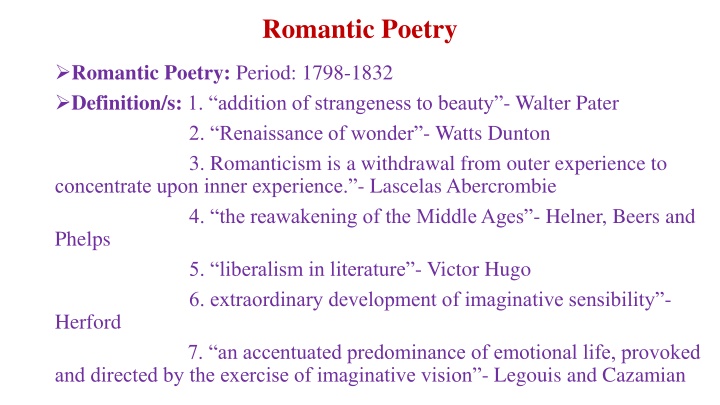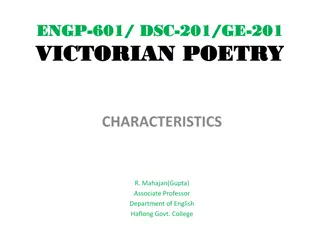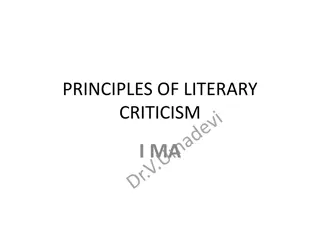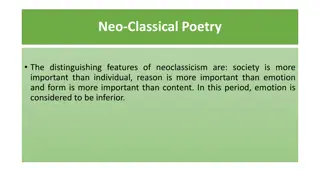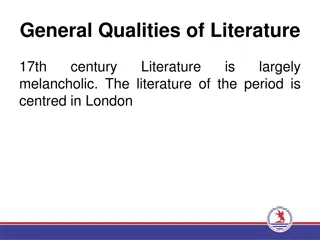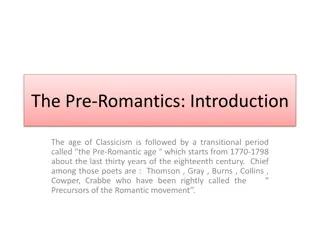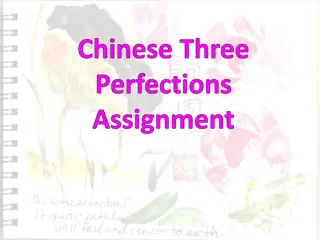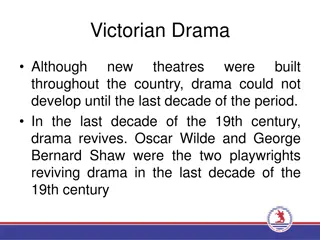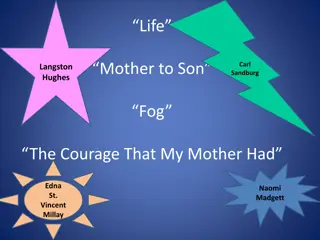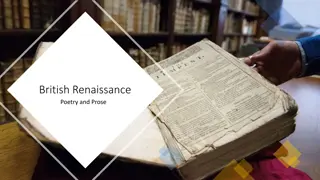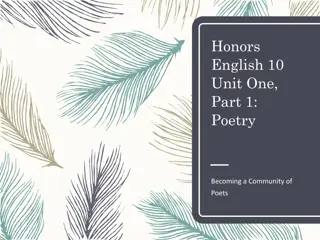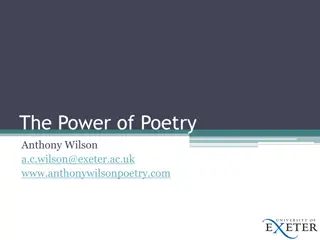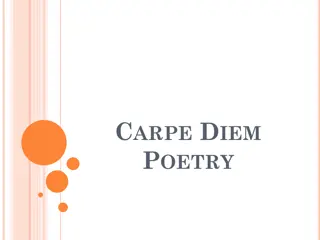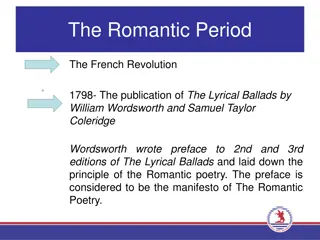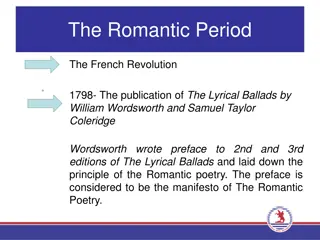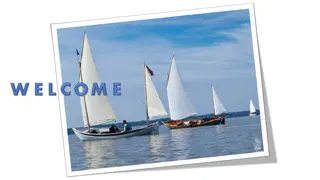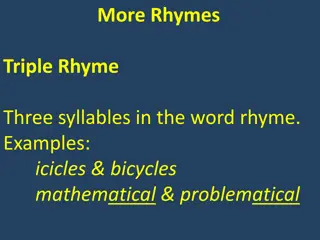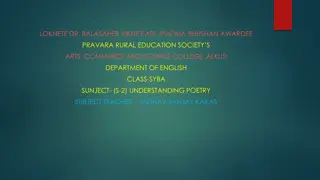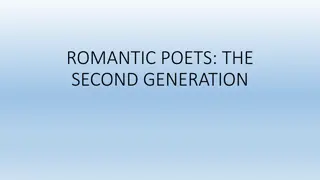Exploring the Romantic Era: Poetry, History, and Major Poets
A detailed exploration of Romantic Poetry from 1798-1832, encompassing the defining characteristics, historical background, major poets including Wordsworth and Keats, and the influence of key events like the French Revolution. Romanticism is characterized by subjectivity, imagination, love for the supernatural, and a revolt against the rigidity of the neo-classical period.
Download Presentation

Please find below an Image/Link to download the presentation.
The content on the website is provided AS IS for your information and personal use only. It may not be sold, licensed, or shared on other websites without obtaining consent from the author.If you encounter any issues during the download, it is possible that the publisher has removed the file from their server.
You are allowed to download the files provided on this website for personal or commercial use, subject to the condition that they are used lawfully. All files are the property of their respective owners.
The content on the website is provided AS IS for your information and personal use only. It may not be sold, licensed, or shared on other websites without obtaining consent from the author.
E N D
Presentation Transcript
Romantic Poetry Romantic Poetry: Period: 1798-1832 Definition/s: 1. addition of strangeness to beauty - Walter Pater 2. Renaissance of wonder - Watts Dunton 3. Romanticism is a withdrawal from outer experience to concentrate upon inner experience. - LascelasAbercrombie 4. the reawakening of the Middle Ages - Helner, Beers and Phelps 5. liberalism in literature - Victor Hugo 6. extraordinary development of imaginative sensibility - Herford 7. an accentuated predominance of emotional life, provoked and directed by the exercise of imaginative vision - Legouis and Cazamian
Romantic Poetry: Background Publication of the Lyrical Ballads (1798) by William Wordsworth Culmination of various tendencies and events from 1740 like: Publication of James Thomson s The Seasons (1740) Reaction to the rigidity of the neo-classical period The French Revolution (1789) and the principles of liberty, equality and fraternity Publication of The Rights of Man in two parts (1791 and 1792) by Thomas Paine Publication of A Vindication of the Rights of Man (1790) and A Vindication of the Rights of Woman (1792) by Mary Wollstonecraft Impact of the German philosophy of Hegel, Kant and Fichte
Romantic Poetry: Salient Features Subjectivity Imagination Love for the Supernatural Melancholy Escape into the Middle ages Love for Nature Democratic Sensibility Pantheism Love for the Supernatural Revolt against the excesses and artificiality of the neo-classical age
Major Romantic Poets First Generation Romantic Poets (the Older Romantics): 1. William Wordsworth 2. Samuel Taylor Coleridge 3. Sir Walter Scott Second Generation Romantic Poets (the Younger Romantics): 1. Percy Bysche Shelley 2. John Keats 3. Lord Byron
